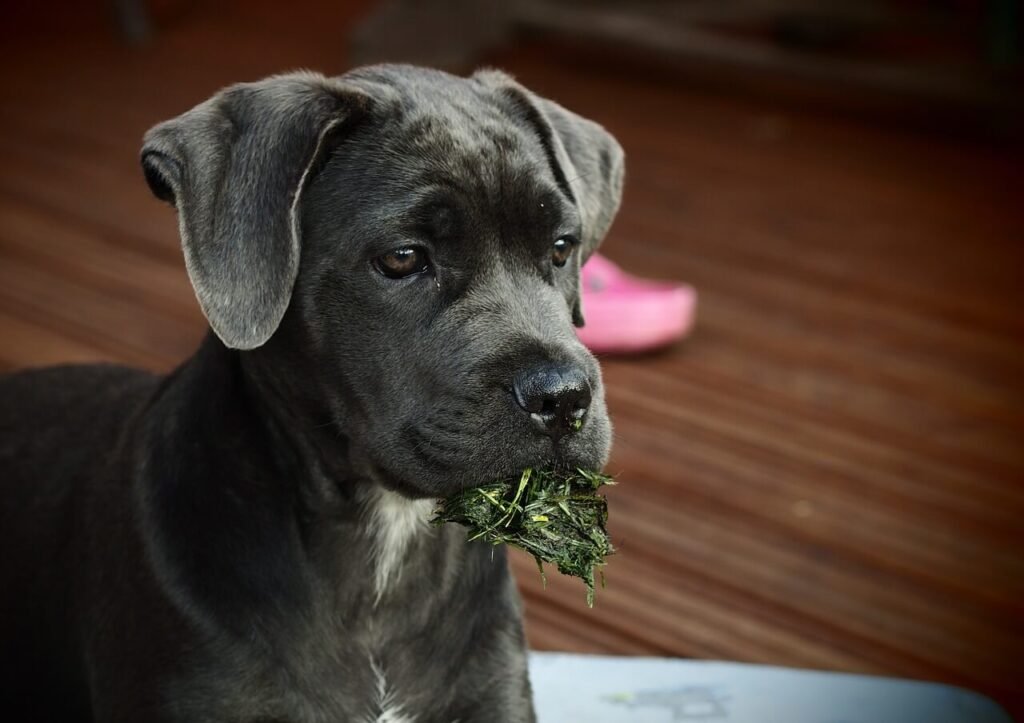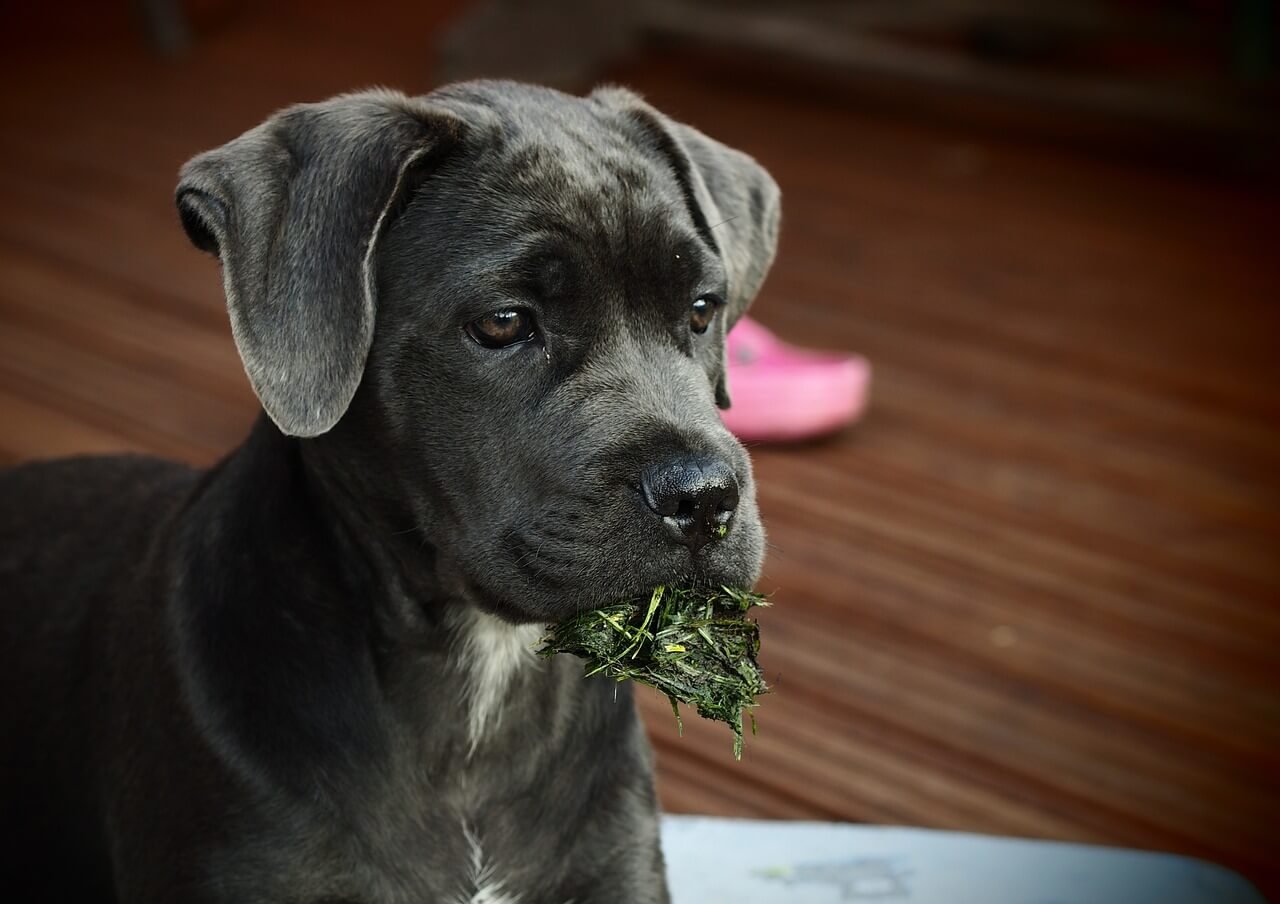Understanding and Managing Dog Hairballs: Natural Solutions for Your Furry Friend
If you’ve ever owned a dog, you know how much they love to groom themselves. While this self-cleaning habit is adorable, it can sometimes lead to an unpleasant issue: hairballs. Just like cats, dogs can ingest loose fur during grooming sessions, and when this fur accumulates in their digestive system, it may result in hairballs. While occasional hairballs are usually harmless, frequent occurrences can indicate underlying health concerns or discomfort for your pet.
The good news? There are plenty of home remedies and natural solutions to help manage and prevent dog hairballs. In this blog post, we’ll explore practical tips and strategies to keep your dog’s coat healthy and their digestive system running smoothly.
Preventing Hairballs Through Grooming
Regular grooming is one of the most effective ways to minimize the risk of hairballs in dogs. By removing loose fur before your dog has a chance to ingest it, you can significantly reduce the likelihood of hairball formation. Here are some simple yet impactful grooming practices to incorporate into your routine:
Brush Your Dog Daily
Use a high-quality brush or comb designed for your dog’s coat type. This not only removes loose fur but also stimulates blood circulation, promoting healthier skin and fur.Bathe Your Dog Regularly
A clean coat is less likely to shed excessively. Use a gentle, dog-friendly shampoo to keep their fur soft and manageable.Check for Mats and Tangles
Mats can trap loose fur and make grooming more challenging. Regularly inspect your dog’s coat and gently detangle any knots.Focus on Seasonal Shedding
During shedding seasons, increase the frequency of brushing to manage the higher volume of loose fur.Involve Professional Groomers
If your schedule is busy, consider scheduling regular appointments with a professional groomer to maintain your dog’s coat.
By incorporating these grooming habits into your routine, you can help prevent excessive shedding and reduce the chances of hairball formation. Remember, a well-groomed dog is a happy and healthy dog!
Dietary Adjustments to Support Digestive Health
A balanced diet plays a crucial role in maintaining your dog’s overall health, including their ability to process ingested fur. Certain dietary adjustments can help support their digestive system and minimize hairball issues. Consider the following tips to enhance your dog’s nutrition:
Increase Fiber Intake
Fiber-rich foods can aid digestion and help move fur through the gastrointestinal tract more efficiently.Add Pumpkin to Their Diet
Plain, canned pumpkin is an excellent source of fiber and can be mixed into your dog’s food to promote healthy digestion.Provide Plenty of Fresh Water
Hydration is essential for maintaining smooth digestion. Ensure your dog always has access to clean, fresh water.Choose High-Quality Dog Food
Opt for dog food that contains natural ingredients and is free from unnecessary fillers or artificial additives.Incorporate Omega-3 Fatty Acids
These healthy fats can improve skin and coat health, reducing excessive shedding and minimizing the risk of hairballs.
By making thoughtful dietary changes, you can support your dog’s digestive system and reduce the likelihood of hairball-related issues. Always consult your veterinarian before introducing new foods or supplements to your dog’s diet.
Check this guide 👉Understanding Histiocytoma in Dogs: Best 7 Expert Tips!
Check this guide 👉Understanding Dog Salivary Gland Cancer: Best 7 Health Tips!
Check this guide 👉Understanding Uveodermatologic Syndrome in Dogs: Best 7 Tips

Grooming Tips | Dietary Tips |
|---|---|
Brush your dog daily | Increase fiber intake |
Bathe your dog regularly | Add pumpkin to their diet |
Check for mats and tangles | Provide plenty of fresh water |
Focus on seasonal shedding | Choose high-quality dog food |
Involve professional groomers | Incorporate omega-3 fatty acids |
Natural Remedies to Ease Hairball Discomfort
If your dog is already experiencing hairball-related discomfort, there are several natural remedies you can try to alleviate their symptoms. These remedies are safe, effective, and easy to implement at home. Here’s what you can do:
Offer Herbal Teas
Mild herbal teas like chamomile or peppermint can soothe your dog’s digestive system. Ensure the tea is caffeine-free and served at room temperature.Use Coconut Oil
A small amount of coconut oil added to your dog’s food can act as a natural lubricant, helping fur pass through their digestive tract more easily.Try Slippery Elm
This natural supplement can soothe irritation in the digestive tract and promote smoother digestion.Encourage Gentle Exercise
Light physical activity, such as a short walk, can stimulate digestion and help your dog expel trapped fur.Massage Their Abdomen
A gentle abdominal massage can help relieve discomfort and encourage the movement of fur through their system.
These natural remedies can provide relief for your dog while addressing the root cause of hairball issues. Always monitor your dog’s response to ensure these remedies are well-tolerated.
Signs That Indicate a Serious Problem
While occasional hairballs are generally harmless, certain symptoms may signal a more serious issue that requires veterinary attention. Keep an eye out for the following warning signs:
Frequent Vomiting
If your dog is vomiting regularly, it could indicate a blockage or another underlying condition.Loss of Appetite
A sudden refusal to eat may suggest digestive discomfort or illness.Lethargy and Weakness
Unusual tiredness or lack of energy can be a sign of a more significant health concern.Constipation or Diarrhea
Changes in bowel movements may indicate that fur is causing a blockage.Visible Distress
Whining, pacing, or other signs of discomfort should not be ignored.
If you notice any of these symptoms, it’s important to consult your veterinarian promptly. Early intervention can prevent complications and ensure your dog remains healthy and happy.
Boosting Digestive Health with Probiotics
A healthy digestive system is crucial for preventing hairballs, as it helps your dog process and eliminate ingested fur more efficiently. Probiotics can play a key role in maintaining gut health by promoting the growth of beneficial bacteria. Here are some ways to incorporate probiotics into your dog’s routine:
Choose Probiotic Supplements
Look for high-quality probiotic supplements specifically formulated for dogs to support their gut flora.Add Yogurt to Their Diet
Plain, unsweetened yogurt contains natural probiotics that can aid digestion when given in moderation.Include Fermented Foods
Small amounts of fermented vegetables like kimchi or sauerkraut (dog-safe versions) can provide probiotic benefits.Monitor for Allergies
Some dogs may be sensitive to dairy-based probiotics. Start with small amounts and observe their reaction.Consult Your Vet
Always seek professional advice before introducing new supplements or foods to ensure they’re safe for your dog.
By incorporating probiotics into your dog’s diet, you can strengthen their digestive system and reduce the likelihood of hairball issues. A happy gut means a healthier dog overall.
Creating a Hairball-Free Environment
Your home environment plays a significant role in managing and preventing hairballs. By making a few simple adjustments, you can minimize loose fur and keep your dog’s surroundings clean and comfortable. Here are some practical tips:
Use a Quality Vacuum Cleaner
Invest in a vacuum with strong suction and pet hair attachments to keep floors and furniture fur-free.Wash Bedding Regularly
Clean your dog’s bedding at least once a week to remove loose fur and prevent it from being ingested during rest.Install Air Purifiers
Air purifiers with HEPA filters can trap airborne fur and dander, improving indoor air quality.Brush Your Dog Outdoors
Grooming your dog outside reduces the amount of fur that ends up inside your home.Launder Washable Toys
Regularly wash your dog’s toys to remove trapped fur and keep them hygienic.
By maintaining a clean and fur-free environment, you can help reduce the chances of hairball formation. A tidy home is not only better for you but also for your dog’s well-being.
Encouraging Play to Reduce Stress-Induced Grooming
Playtime is not just about fun—it’s also an excellent way to reduce stress and anxiety that can lead to excessive grooming. Engaging your dog in regular physical and mental activities can help redirect their focus and promote healthier habits. Here are some ideas to incorporate play into your dog’s routine:
Schedule Daily Walks
Aim for at least one walk per day to provide physical exercise and mental stimulation.Introduce Interactive Toys
Puzzle toys or treat-dispensing balls can keep your dog entertained and distracted from over-grooming.Teach New Tricks
Training sessions that teach new commands or tricks engage your dog’s mind and build confidence.Host Playdates
Socializing with other dogs can boost your pet’s mood and reduce stress-related behaviors.Rotate Toys Regularly
Keep your dog’s interest by rotating their toys every few days to prevent boredom.
By prioritizing playtime, you can help your dog feel more relaxed and less likely to groom excessively. A playful dog is not only happier but also less prone to hairball issues.
FAQ
Can dogs get hairballs like cats?
Yes, dogs can develop hairballs, especially if they groom themselves frequently or have long fur.
How often should I groom my dog to prevent hairballs?
Daily brushing is ideal, especially during shedding seasons, to minimize loose fur.
Are hairballs dangerous for dogs?
Occasional hairballs are usually harmless, but frequent occurrences or symptoms like vomiting and lethargy may indicate a more serious issue.
Can I give my dog human food to help with hairballs?
Some human foods, like plain pumpkin or coconut oil, can be beneficial, but always consult your vet before introducing new foods.
What should I do if my dog shows signs of a blockage?
Contact your veterinarian immediately for guidance and treatment.
Empowering You to Keep Your Dog Hairball-Free
Managing and preventing dog hairballs doesn’t have to be a daunting task. With consistent grooming, a balanced diet, and natural remedies, you can help your furry friend stay comfortable and healthy. By staying vigilant and recognizing potential warning signs, you can address issues early and ensure your dog enjoys a happy, hairball-free life. Remember, a little care and attention go a long way in keeping your canine companion thriving. So grab that brush, stock up on pumpkin puree, and show your dog some extra love today!
Understanding Scabs in Dogs Ears: Best 7 Tips! Learn how to identify, treat, and prevent scabs in your dog’s ears for optimal ear health.
Is Cinnamon Bad for Dogs? Best 7 Health Tips! Discover safe ways to use cinnamon, risks to avoid, and expert advice to keep your dog healthy.
Can Dogs Get Pneumonia from Humans? Best 7 Tips! Learn how to protect your dog, understand transmission risks, and ensure their respiratory health.
Can Dog Urine Make You Sick? Best 7 Health Tips! Learn how to stay safe, prevent illness, and handle exposure to dog urine effectively.





